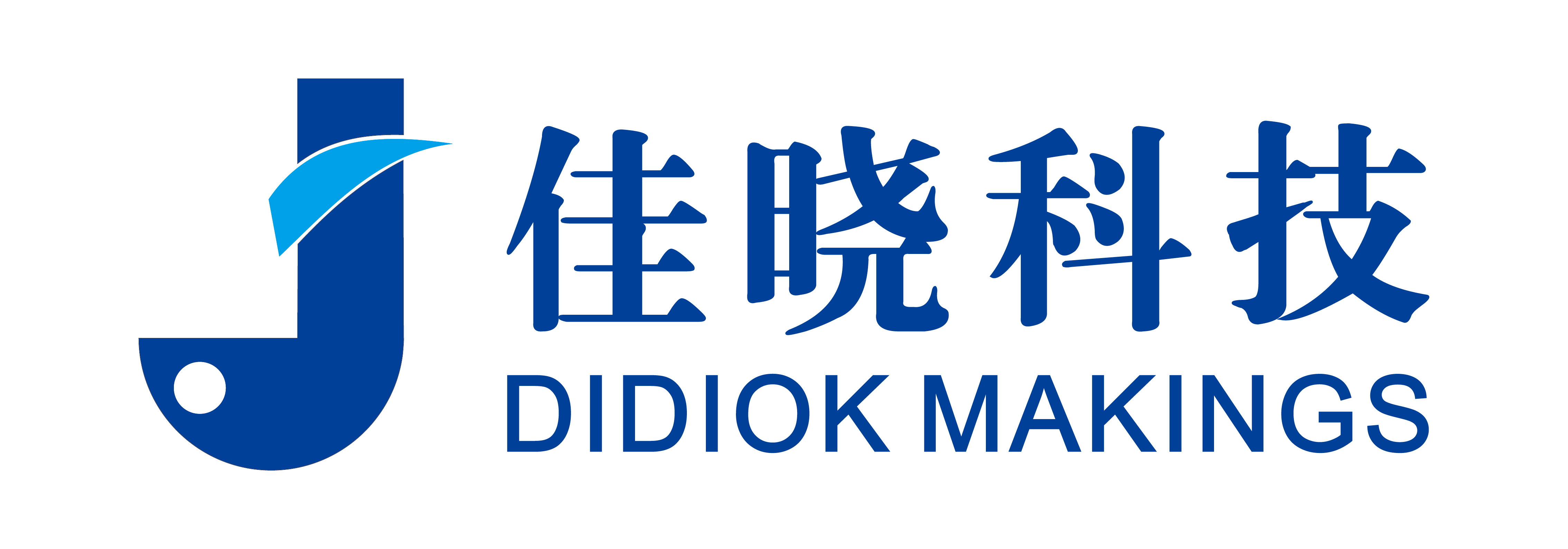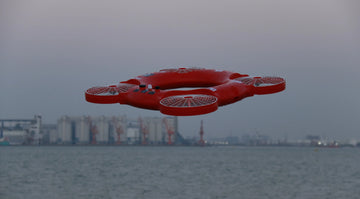Search and rescue (SAR) drones are transforming the landscape of emergency response. These innovative unmanned aerial systems (UAS) are not just flying gadgets—they are life-saving tools that operate in challenging terrains, harsh weather, and time-critical scenarios. From locating missing persons in dense forests to delivering aid during natural disasters, SAR drones have become indispensable in modern rescue missions.
In this blog, we will explore the remarkable capabilities of search and rescue drones, their applications, and why they are a game-changer for emergency services.
What Are Search and Rescue Drones?
Search and rescue drones are specialized unmanned aerial vehicles (UAVs) equipped with advanced technologies to assist in locating, monitoring, and rescuing people in emergencies. They come with features like thermal imaging, high-resolution cameras, GPS tracking, and real-time video streaming.
These drones are specifically designed to operate in areas where traditional rescue methods may be slow, dangerous, or impossible.
Key Features of SAR Drones
-
Thermal Imaging Cameras
SAR drones often include thermal imaging sensors, which help locate heat signatures, making them ideal for finding people in low visibility conditions like smoke, fog, or darkness. -
Long Flight Time
Rescue drones have extended battery life to cover large search areas without frequent recharging. -
Durability
Many SAR drones are designed to withstand harsh weather conditions, such as rain, wind, and extreme temperatures. -
Payload Capabilities
Some drones can carry rescue kits, life vests, or medical supplies, providing immediate assistance to those in need.
Top Applications of Search and Rescue Drones
1. Locating Missing Persons
SAR drones excel at scanning vast areas in a short amount of time, making them highly effective for finding lost hikers, stranded climbers, or missing swimmers.
2. Disaster Response
During natural disasters like earthquakes, floods, or hurricanes, drones provide critical aerial views of affected areas, helping responders prioritize their efforts.
3. Water Rescues
Specialized rescue drones, such as JX-6A from Jiaxiao Technology, can deliver flotation devices or lifebuoys directly to individuals in distress, enhancing survival chances.
4. Firefighting Support
Drones equipped with thermal cameras help firefighters locate hotspots, monitor fire spread, and identify trapped individuals in burning structures.
Benefits of Using SAR Drones
- Speed: They significantly reduce the time needed to reach remote locations.
- Safety: Drones eliminate risks to human rescuers by operating in hazardous environments.
- Cost-Effectiveness: Compared to helicopters or ground teams, drones offer a more affordable solution for search and rescue missions.
How to Choose the Best Search and Rescue Drone
When selecting a SAR drone, consider the following:
- Purpose: Identify the primary use—searching in dense forests, over water, or in disaster zones.
- Camera Quality: Opt for drones with high-resolution cameras and thermal imaging for better visibility.
- Battery Life: Look for drones with long flight durations to maximize operational efficiency.
- Durability: Ensure the drone can withstand challenging conditions.
- Payload: Choose models capable of carrying rescue equipment if needed.
Some popular SAR drones include:
- DJI Matrice Series
- Autel EVO II Dual
- Jiaxiao Technology’s JX-6A, a versatile air-and-water drone ideal for dual-terrain rescues.
The Future of SAR Drones
Advancements in artificial intelligence, machine learning, and automation will further enhance the capabilities of rescue drones. Future models may feature:
- Autonomous navigation for independent search missions.
- AI-powered analytics for faster decision-making.
- Increased payload capacity for complex rescues.





